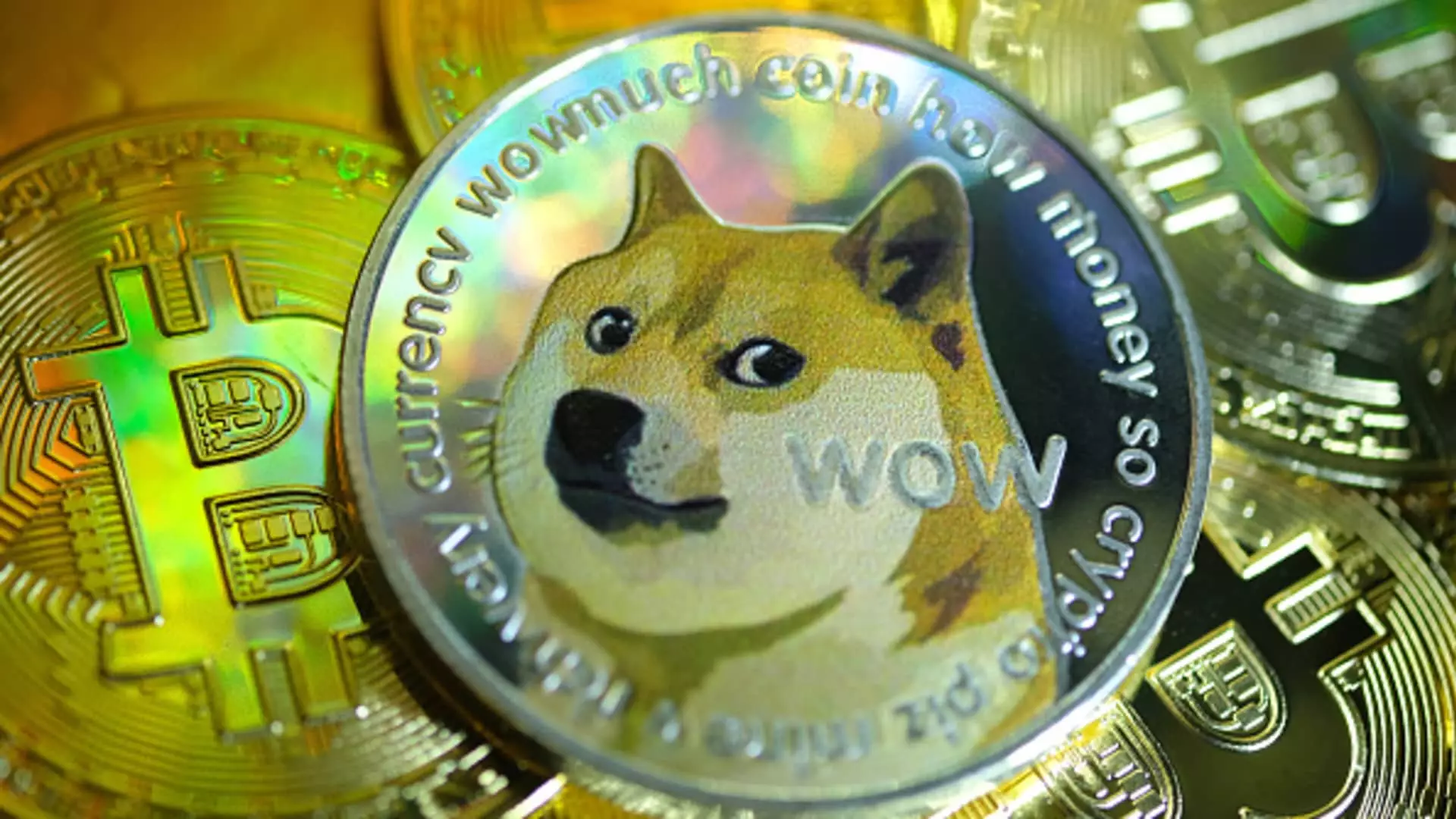The recent announcement from the Securities and Exchange Commission (SEC) has stirred considerable discussion within the cryptocurrency community and beyond. This ruling clarifies the agency’s position regarding meme coins, categorizing them as collectibles rather than securities. This move is significant not only for crypto investors but also for the overall cryptocurrency landscape as the regulatory environment continues to evolve.
Meme Coins: A New Type of Asset
Meme coins, such as Dogecoin and others inspired by internet culture, have taken the crypto world by storm in recent years. Unlike traditional cryptocurrencies which may serve specific financial purposes or usability within decentralized finance ecosystems, meme coins often derive their value from community engagement and social media buzz. The SEC’s assertion that these assets lack functional utility aligns with a growing sentiment that many of these coins exist more as novelty items than as legitimate financial instruments. By recognizing that meme coins do not meet the technical definitions of securities, the SEC has delineated a clear line for investors and regulators alike.
By classifying most meme coins outside the realm of securities, the SEC has relieved participants in this vibrant sector from the burdensome requirements of registration and compliance typically associated with security transactions. In doing so, it has enhanced the operational freedom for creators and traders of these digital assets; however, it also raises critical questions related to protections for investors. The absence of federal oversight means that meme coin investors may face greater risks, as they will not benefit from the legal safeguards provided under securities law. This dichotomy poses a fascinating challenge: how to balance innovation and protection in an emerging digital economy.
This newfound clarity is likely to stimulate increased investment in meme coins, particularly within platforms like Solana, which has become a hub for launching these quirky cryptocurrencies. Following the SEC’s statement, assets such as Dogecoin experienced a resurgence, highlighting the immediate impact that regulatory clarity can have on market sentiment. For exchange operators like Coinbase and Robinhood, the ruling may simplify the listing process for new meme coins. Market participants may now see these platforms as more inviting to speculative investments, potentially accelerating the proliferation of meme coins.
Departmental Perspectives and Future Outlook
The ruling also aligns with the current administration’s broader commitment to crafting a friendly regulatory landscape for cryptocurrencies. Legal experts, such as crypto attorney Ishmael Green, argue that this decision could be the catalyst needed to drive innovations within the U.S. crypto industry. By reducing the threat of “frivolous enforcement actions,” the SEC’s stance may embolden both investors and developers, ultimately promoting a healthier ecosystem for blockchain technology and its applications.
Nevertheless, one must remain cautious. The inherently speculative nature of meme coins makes them a double-edged sword. Investors must approach these assets with knowledge and careful consideration of the risks involved. Historically, they have been a barometer of retail enthusiasm, often reflecting broader trends in investor behavior.
A Redefinition of Value in Cryptocurrency
The rise of meme coins has also sparked a reevaluation of what constitutes value in the context of cryptocurrency. While traditional currencies and assets are often backed by underlying value or utility, meme coins challenge this notion, asking whether social engagement and community involvement can also serve as valid metrics for determining worth. This philosophical debate may reshape future discussions on asset classification and investment strategies in the digital age.
As the SEC’s recent guidance settles in, the meme coin market stands at a pivotal junction. Investors must remain vigilant, informed, and ready to adapt to the dynamically evolving terrain of cryptocurrency regulation. While opportunities abound, the fundamental question persists: is the meme coin phenomenon a sustainable trend, or merely a fleeting moment within the ever-burgeoning landscape of digital assets? Only time will reveal the answers as this vibrant sector continues to unfold.

